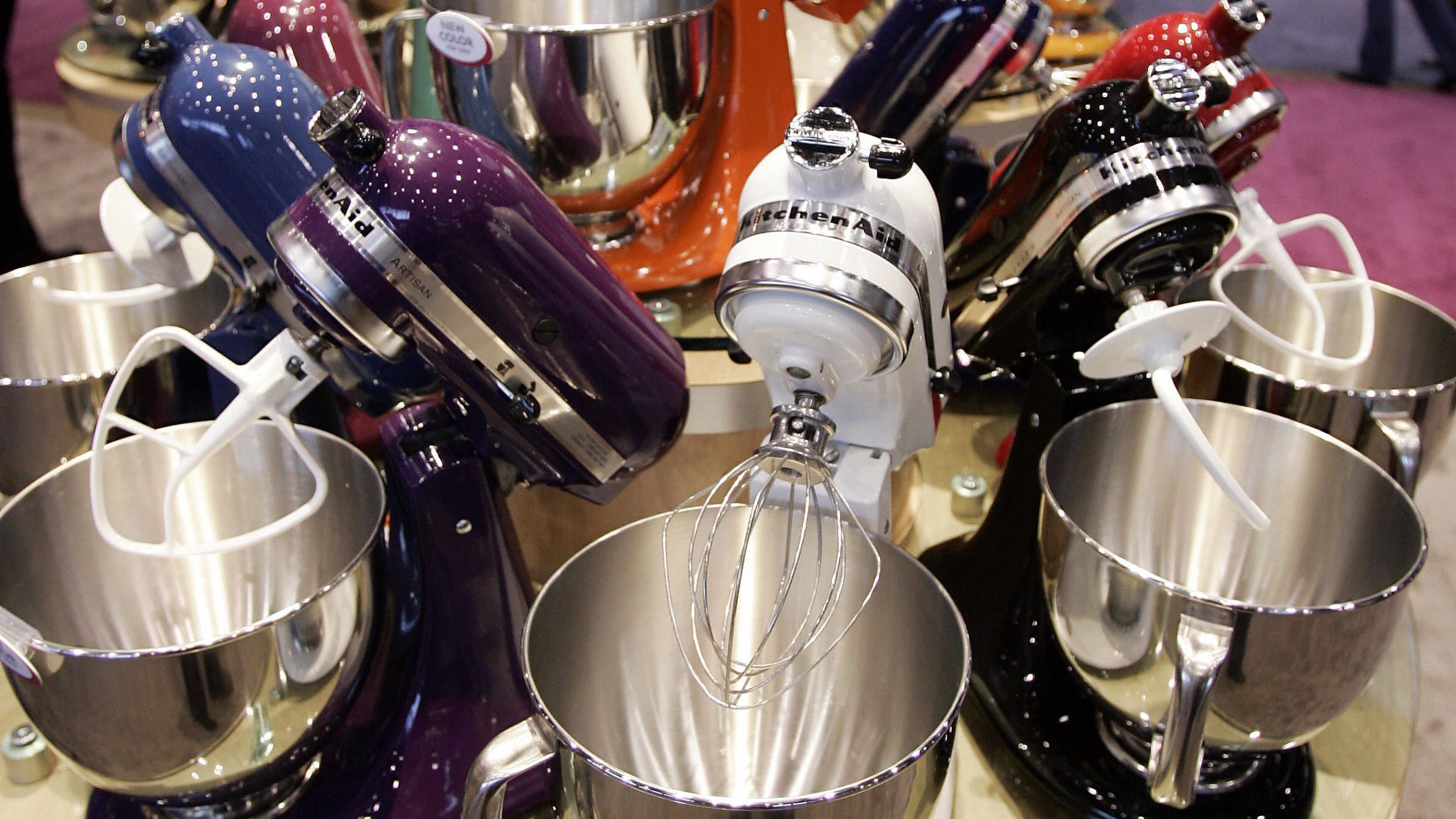

Articles
What Is The Best Kitchenaid Mixer
Modified: October 20, 2024
Discover the top articles on the best KitchenAid mixer models, handpicked by our experts. Compare features, prices, and find your perfect kitchen companion today!
(Many of the links in this article redirect to a specific reviewed product. Your purchase of these products through affiliate links helps to generate commission for Storables.com, at no extra cost. Learn more)
Introduction
Welcome to our comprehensive guide on finding the best KitchenAid mixer for your kitchen! With their iconic design and reputation for superior performance, KitchenAid mixers have long been a staple in both amateur and professional kitchens.
Whether you’re a seasoned baker, an aspiring pastry chef, or simply enjoy whipping up delicious homemade treats, a KitchenAid mixer is an invaluable tool that can make your culinary creations easier and more enjoyable. But with so many models to choose from, it can be overwhelming to determine which one is the best fit for your needs.
In this article, we will explore the different KitchenAid mixer models, highlighting their features, performance, attachments, design, price, and overall value. By the end, you’ll have the knowledge and confidence to make an informed decision and find the perfect KitchenAid mixer that will elevate your cooking and baking endeavors.
Before we dive into the details, it’s important to understand that KitchenAid offers a range of mixer models, each with its own unique features and capabilities. From the classic tilt-head design to the professional-grade bowl-lift models, there’s a KitchenAid mixer to suit every preference and budget.
So, whether you’re a casual home cook who loves preparing family meals or a culinary enthusiast who enjoys experimenting with complex recipes, there’s a KitchenAid mixer that will meet your specific requirements and enhance your kitchen experience.
In the following sections, we’ll delve into the performance and power of KitchenAid mixers, explore the various attachments and accessories available, assess the design and durability of the machines, weigh the price and warranty options, and finally, consider customer reviews and ratings to provide a well-rounded evaluation of the best KitchenAid mixer options on the market.
Without further ado, let’s get started with a closer look at the different KitchenAid mixer models!
Key Takeaways:
- KitchenAid mixers offer a range of models, from the Classic Series to the Professional Series, catering to diverse needs and preferences, ensuring there’s a perfect fit for every kitchen and culinary enthusiast.
- With powerful motors, versatile attachments, durable construction, and a wide array of color options, KitchenAid mixers provide a stylish, reliable, and multi-functional addition to any kitchen, enhancing the cooking and baking experience for years to come.
Read more: What Kitchenaid Mixer To Buy
KitchenAid Mixer Models
KitchenAid offers a wide range of mixer models, each with its own unique features and capabilities. Understanding the differences between these models is essential in finding the best KitchenAid mixer to suit your needs.
The most common KitchenAid mixer models are the Classic Series, Artisan Series, and Professional Series. The Classic Series is the entry-level option, perfect for basic mixing tasks and occasional use. It features a tilt-head design, allowing easy access to the mixing bowl, and typically comes with a 4.5-quart stainless steel bowl.
The Artisan Series is the most popular choice among home cooks and baking enthusiasts. It offers a wide range of color options to match your kitchen decor and comes with a larger 5-quart bowl, making it suitable for larger batches of dough and batter. The Artisan Series mixers also have a power hub, allowing you to attach various accessories for added versatility.
The Professional Series is designed for serious bakers and professional kitchens. It features a bowl-lift design, providing stability and allowing you to handle larger quantities of ingredients. The Professional Series mixers typically come with a 6-quart bowl, making them ideal for tackling heavy-duty mixing tasks.
In addition to these main series, KitchenAid also offers specialty mixers like the Mini Series, which is compact and perfect for small kitchens or limited countertop space. The Commercial Series is built to withstand heavy use and is commonly found in commercial kitchens and bakeries.
It’s important to consider your specific needs and usage patterns when choosing a KitchenAid mixer model. If you’re a casual home cook who mainly bakes for family and friends, the Classic or Artisan Series will likely suffice. However, if you regularly bake in large quantities or require the power and durability of a professional-grade mixer, the Professional Series might be the best choice for you.
Take the time to research and compare the features, bowl capacity, and power of each model to ensure you select the one that aligns with your needs and culinary aspirations. Now, let’s move on to the next important aspect to consider: performance and power.
Performance and Power
When it comes to choosing a KitchenAid mixer, performance and power are key considerations. You want a mixer that can effortlessly handle a variety of mixing tasks and deliver consistent results.
One of the advantages of KitchenAid mixers is their powerful motors. The Classic and Artisan Series mixers typically come with a 325-watt motor, which is sufficient for most basic mixing needs. However, if you frequently work with denser doughs or larger quantities, you may want to consider the Professional Series, which offers a more robust motor with up to 575 watts of power.
Another factor that influences performance is the mixing action of the KitchenAid mixer. The planetary mixing action, which involves the attachment rotating in one direction while the beater moves in the opposite direction, ensures that ingredients are thoroughly mixed and incorporated. This results in smoother batters and doughs with minimal scraping required.
The number of speed settings is also worth considering. Most KitchenAid mixers offer 10 speed options, allowing you to adjust the mixing speed to achieve precise results. This versatility is especially useful when working with delicate ingredients or when gradually adding dry ingredients to prevent overmixing.
Furthermore, the capacity of the mixing bowl affects the performance of the mixer. The Classic and Artisan Series usually come with a 4.5-quart or 5-quart mixing bowl, while the Professional Series offers a larger 6-quart bowl. It’s essential to choose a bowl size that suits your needs. If you often make large batches or require extra room for double or triple batches, a larger bowl may be more suitable.
It’s worth noting that KitchenAid mixers are known for their durability and reliability, allowing them to handle even the toughest mixing tasks with ease. The substantial construction and solid build quality ensure that the mixer holds up well over time.
Whether you’re whipping cream, kneading dough, or beating egg whites, a KitchenAid mixer’s performance and power are vital factors in achieving consistent and professional results. Now, let’s move on to explore the attachments and accessories that can enhance the versatility of your KitchenAid mixer.
Attachments and Accessories
One of the major advantages of KitchenAid mixers is their compatibility with a wide range of attachments and accessories. These attachments can transform your mixer into a versatile kitchen tool, expanding its capabilities beyond just mixing.
One of the most popular and versatile attachments is the dough hook. This attachment is perfect for kneading dough for bread, pizza, and other yeasted recipes. It saves you time and effort by effortlessly incorporating and developing gluten in the dough, leading to a better-textured final product.
The flat beater attachment is ideal for mixing batters and mashing ingredients like potatoes. It evenly mixes ingredients without overbeating and ensures that your batter is perfectly combined. The wire whip attachment is designed for whisking, whipping cream, and incorporating air into recipes like meringues and mousses.
In addition to the standard attachments, KitchenAid offers various specialty attachments to further enhance your mixer’s functionality. These attachments include a pasta roller and cutter set, meat grinder, citrus juicer, vegetable spiralizer, ice cream maker, and more.
The power hub, available on most KitchenAid mixer models, is what allows you to easily attach and use these different accessories. This feature provides endless possibilities for exploring new recipes and culinary creations, making your KitchenAid mixer a true multi-purpose kitchen assistant.
When purchasing a KitchenAid mixer, it’s essential to consider which attachments and accessories come with your chosen model and which ones you might need to purchase separately. Some models come with a few attachments included, while others may require you to purchase them separately.
Keep in mind that the compatibility of attachments can vary among different KitchenAid mixer models. Before purchasing any additional attachments, ensure they are compatible with your specific model to avoid any compatibility issues.
Now that we’ve covered the wide range of attachments and accessories available for KitchenAid mixers, let’s move on to discuss the design and durability of these culinary workhorses.
When choosing the best KitchenAid mixer, consider the size of the bowl, the power of the motor, and the available attachments for your specific cooking needs.
Design and Durability
KitchenAid mixers are not only renowned for their performance, but also for their iconic design and durability. Their timeless and stylish appearance adds a touch of elegance to any kitchen countertop.
The classic design of KitchenAid mixers features a sturdy base, a detachable mixing head, and a large stainless steel mixing bowl. The tilt-head design allows easy access to the mixing bowl, making it convenient to add ingredients or attach accessories. On the other hand, the bowl-lift design in the Professional Series provides stability when handling heavier ingredients and larger batches.
Available in a wide array of colors, KitchenAid mixers allow you to choose a model that matches your kitchen decor or personal style. From sleek stainless steel to vibrant and fun colors, there’s a design option to suit every preference.
Aside from their visually appealing designs, KitchenAid mixers are built to last. The mixers are constructed with high-quality materials, ensuring their durability and longevity. The metal construction of the mixer body and the strong gear-driven motor make them capable of withstanding the demands of rigorous mixing without any concern of premature wear or breakage.
KitchenAid mixers are also known for their ease of cleaning. While some parts of the mixer, such as the mixing attachments and bowl, may require handwashing, the mixers are designed with easy-to-clean surfaces that make wiping down a breeze.
In terms of noise level, KitchenAid mixers are relatively quiet considering their powerful motors. However, it’s important to note that the noise level can vary depending on the specific model and the speed setting used.
Overall, KitchenAid mixers are designed with both functionality and aesthetics in mind. Their durable construction, versatile design options, and easy-to-clean features make them a practical and stylish addition to any kitchen.
Now that we’ve covered the design and durability of KitchenAid mixers, let’s move on to discussing the price range and warranty options available.
Read more: Kitchenaid Mixer What To Make
Price and Warranty
When investing in a KitchenAid mixer, it’s important to consider the price range and warranty options to ensure you’re getting the best value for your money.
KitchenAid mixers come in a range of prices, depending on the model and the features it offers. The Classic Series mixers are typically the most affordable option, making them a great choice for those on a budget or for occasional use. The Artisan Series mixers are a bit pricier, with their larger capacity and additional features. The Professional Series mixers are generally the most expensive, given their heavy-duty construction and higher power output.
While KitchenAid mixers are known for their quality and longevity, it’s essential to have peace of mind with a good warranty. KitchenAid offers a one-year limited warranty on its mixers, covering manufacturing defects and malfunctions. However, they also provide the option to purchase an extended warranty for additional coverage and protection. It’s worth considering investing in an extended warranty if you plan on using your mixer frequently or if you want extra reassurance.
When comparing prices, take into account not only the initial cost of the mixer but also the long-term value it provides. KitchenAid mixers have a reputation for lasting for many years, making them a worthwhile investment if you’re seeking a reliable and durable kitchen appliance.
It’s always a good idea to shop around and look for promotions, discounts, or bundle deals that may be available. Retailers often offer deals on KitchenAid mixers during holiday seasons or special sales events, which can help you score a great deal on your purchase.
Lastly, keep in mind that the price of attachments and accessories should also be factored into your overall budget. While some KitchenAid mixers come with a few attachments included, others may require you to purchase them separately. Consider which attachments are essential to your cooking and baking needs and account for their cost when evaluating the overall price of the mixer.
Now that we’ve explored the price range and warranty options, let’s turn our attention to customer reviews and ratings, which can provide valuable insight into the performance and overall satisfaction of using a KitchenAid mixer.
Customer Reviews and Ratings
Customer reviews and ratings play a crucial role in helping you gauge the overall satisfaction and performance of a KitchenAid mixer. Hearing from other customers who have already purchased and used the product can provide valuable insights and guide your decision-making process.
As you research and browse through different models, take the time to read customer reviews on reputable websites, such as online marketplaces or dedicated kitchen appliance review platforms. Look for feedback on the mixer’s performance, durability, ease of use, and the overall experience of the customers.
Positive reviews often highlight the power and effectiveness of the mixer, mentioning its ability to handle various mixing tasks with ease and produce consistent results. Customers may praise the durability and construction of the mixer, along with its versatile design and compatibility with a wide range of attachments.
Additionally, consider customer reviews that address any concerns, drawbacks, or potential issues with the mixer. This will give you a well-rounded perspective on the product’s limitations or areas for improvement. Keep in mind that personal preferences and individual usage patterns can also impact customer reviews, so it’s essential to evaluate multiple sources to get a comprehensive understanding.
In addition to reading customer reviews, pay attention to the overall ratings given by customers. Platforms often provide an average rating based on customer feedback, with a scale of one to five stars. A higher average rating generally indicates a higher level of customer satisfaction.
If possible, try to look for reviews from customers who have a similar usage profile or cooking preferences as your own. This can provide more specific and relevant insights into the mixer’s performance for your specific needs.
It’s important to remember that customer reviews and ratings are subjective in nature and can vary from person to person. What may be an excellent experience for one customer may not necessarily be the same for another. Therefore, use customer reviews and ratings as one tool, among others, to evaluate the performance and suitability of a KitchenAid mixer for your own kitchen.
Now that we’ve explored customer reviews and ratings, let’s summarize the key points and conclude our guide on finding the best KitchenAid mixer.
Conclusion
Choosing the best KitchenAid mixer for your kitchen can make a significant difference in your cooking and baking experience. With their iconic design, superior performance, and versatile functionality, KitchenAid mixers have become a staple in kitchens worldwide.
In this comprehensive guide, we’ve covered the different KitchenAid mixer models, ranging from the Classic Series to the Artisan Series and Professional Series. Each model offers unique features and capabilities, allowing you to find the perfect fit for your needs and preferences.
We delved into the performance and power of KitchenAid mixers, emphasizing the importance of a powerful motor, versatile speed settings, and a mixing action that ensures thorough and even mixing. The capacity of the mixing bowl and the durability of the construction were also highlighted as vital factors to consider.
Attachments and accessories play a significant role in expanding the versatility of your KitchenAid mixer. From dough hooks to pasta rollers, these attachments allow you to explore new recipes and take your culinary skills to new heights.
The design and durability of KitchenAid mixers make them a stylish and reliable addition to any kitchen. Their visually appealing design options and solid construction ensure long-lasting performance and easy maintenance.
Consider your budget when selecting a KitchenAid mixer, factoring in the initial cost, as well as the long-term value and durability. Keep in mind that attachments and accessories may also require an additional investment.
Last but not least, customer reviews and ratings provide valuable insights from those who have already experienced using a KitchenAid mixer. Consider both positive and negative feedback to make an informed decision based on your specific needs and usage patterns.
In conclusion, finding the best KitchenAid mixer involves considering various factors such as performance, power, attachments, design, durability, price, warranty, and customer reviews. By weighing these factors and evaluating different models, you’ll be able to choose a KitchenAid mixer that suits your culinary aspirations and brings joy to your kitchen for years to come.
Happy mixing and happy cooking!
Frequently Asked Questions about What Is The Best Kitchenaid Mixer
Was this page helpful?
At Storables.com, we guarantee accurate and reliable information. Our content, validated by Expert Board Contributors, is crafted following stringent Editorial Policies. We're committed to providing you with well-researched, expert-backed insights for all your informational needs.
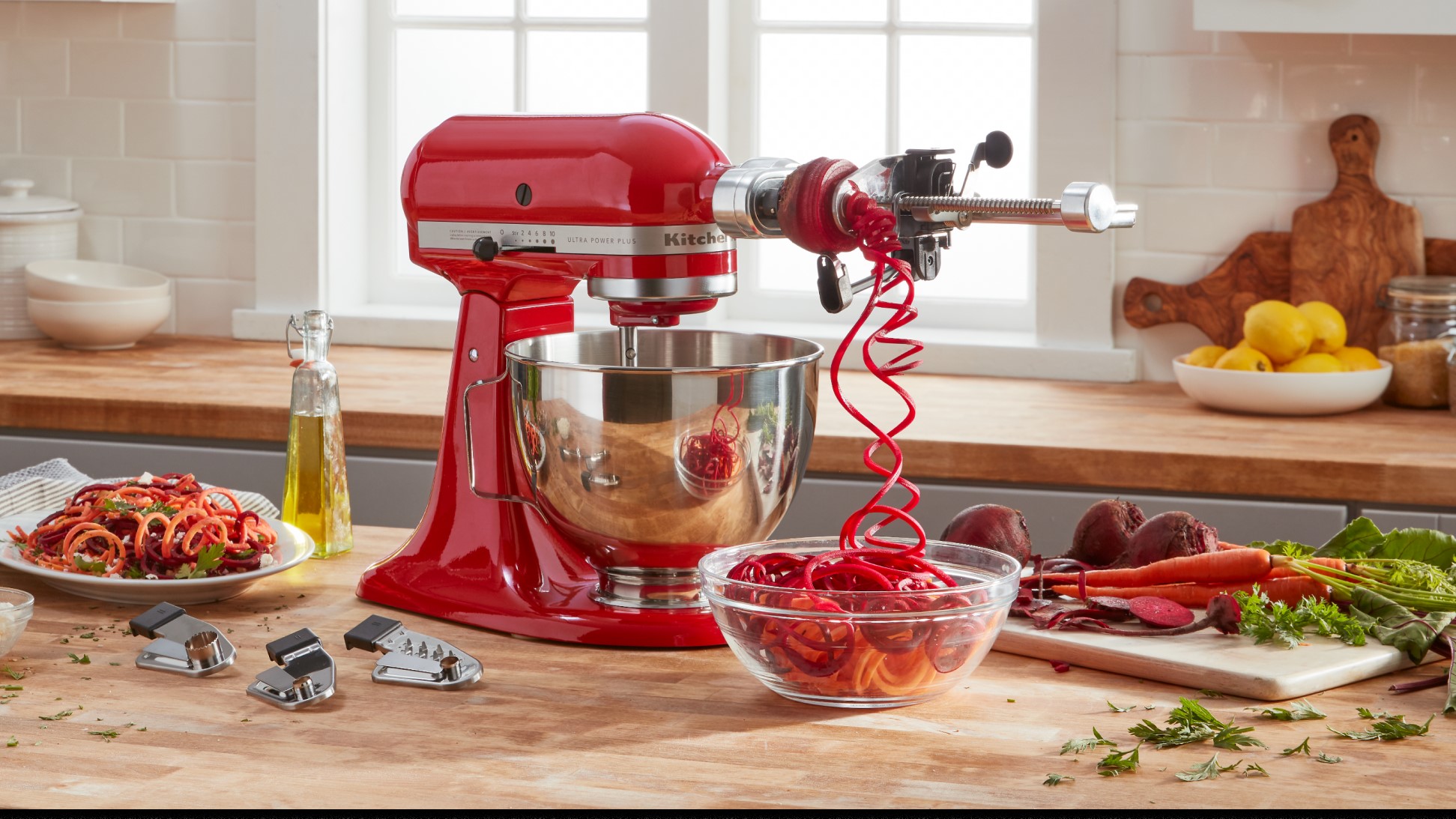
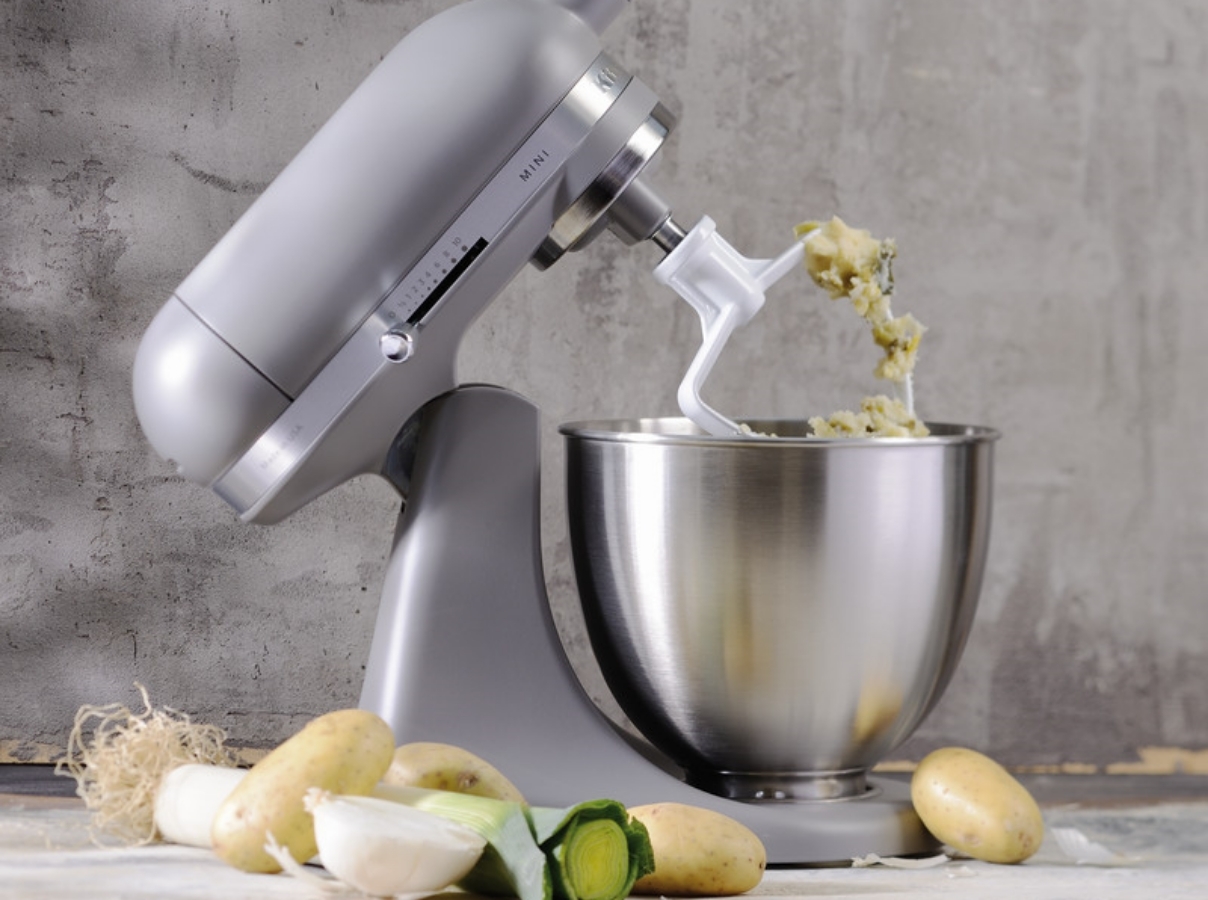
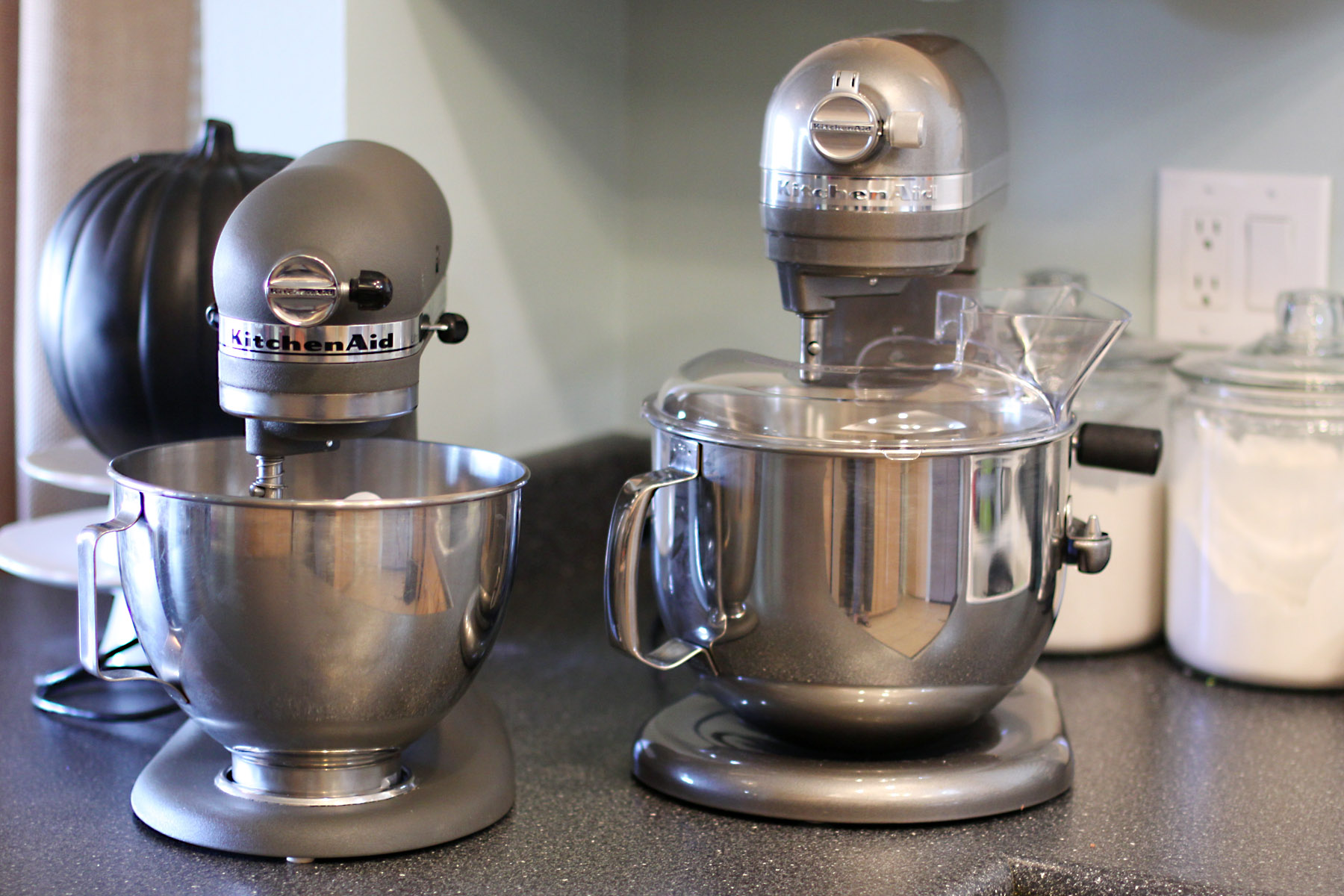
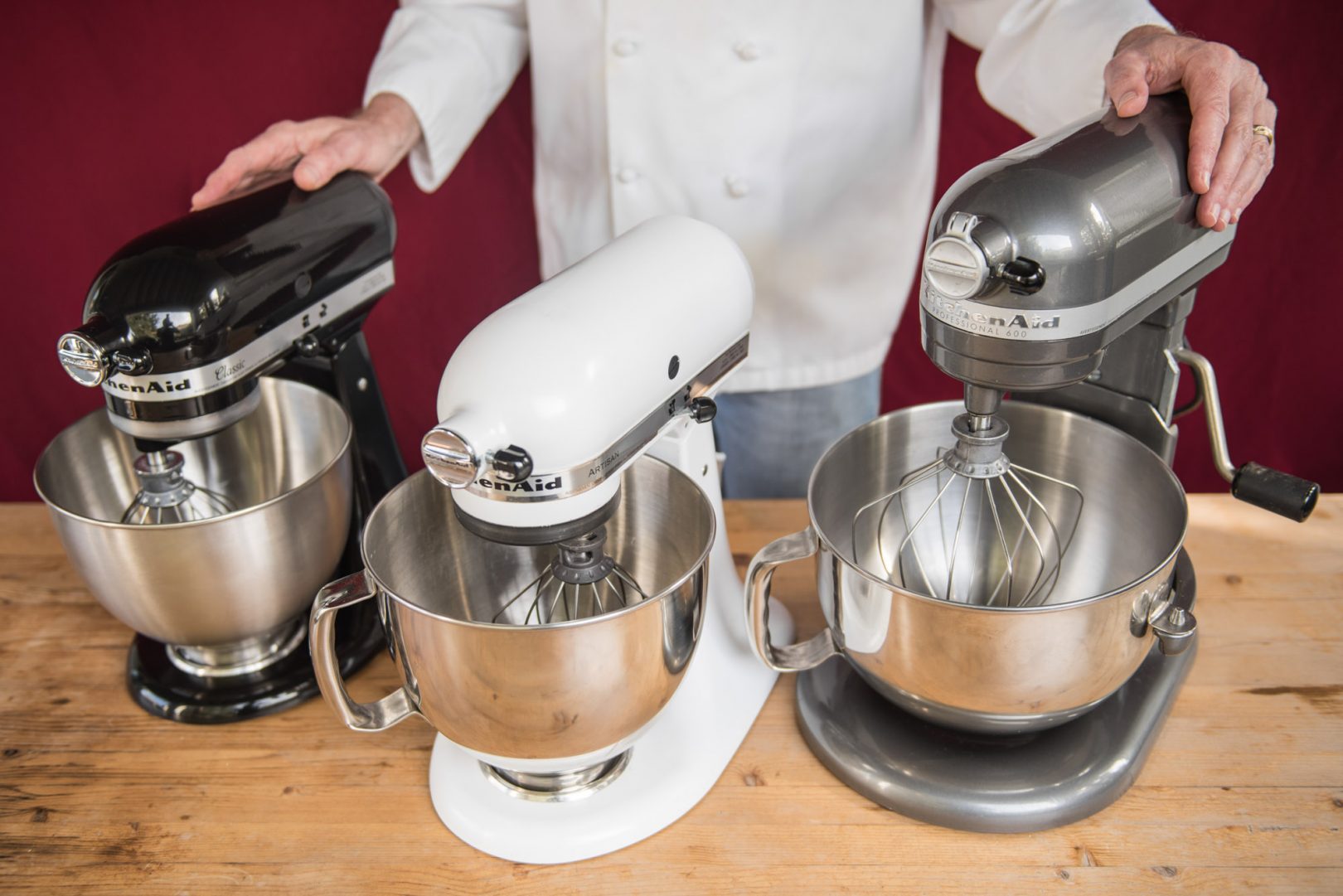
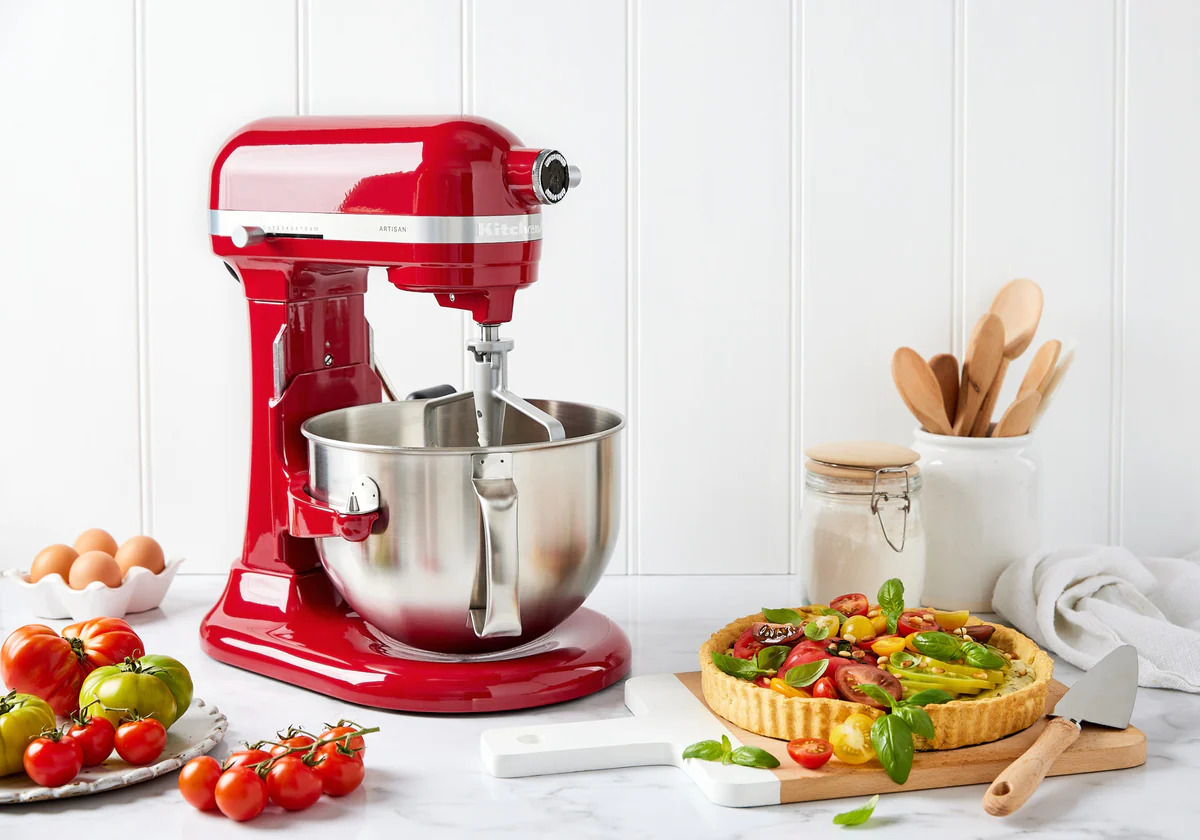
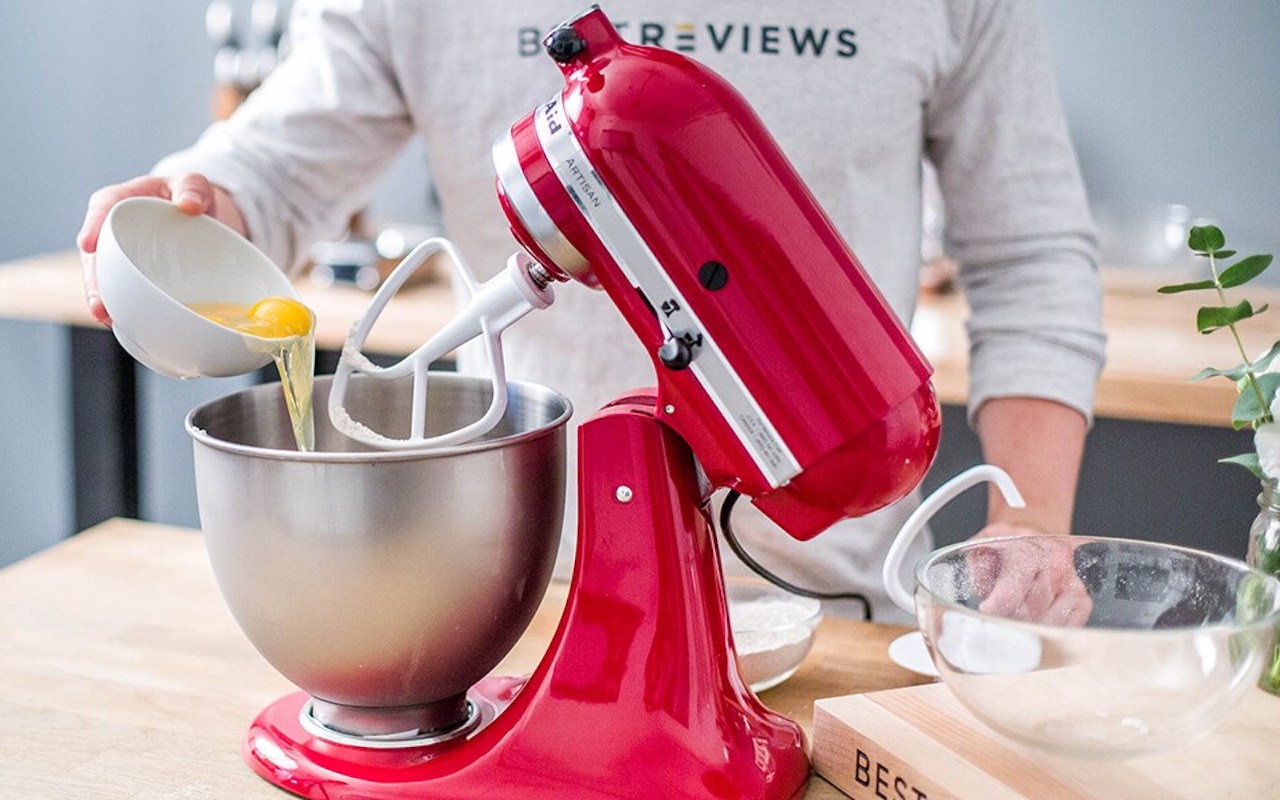
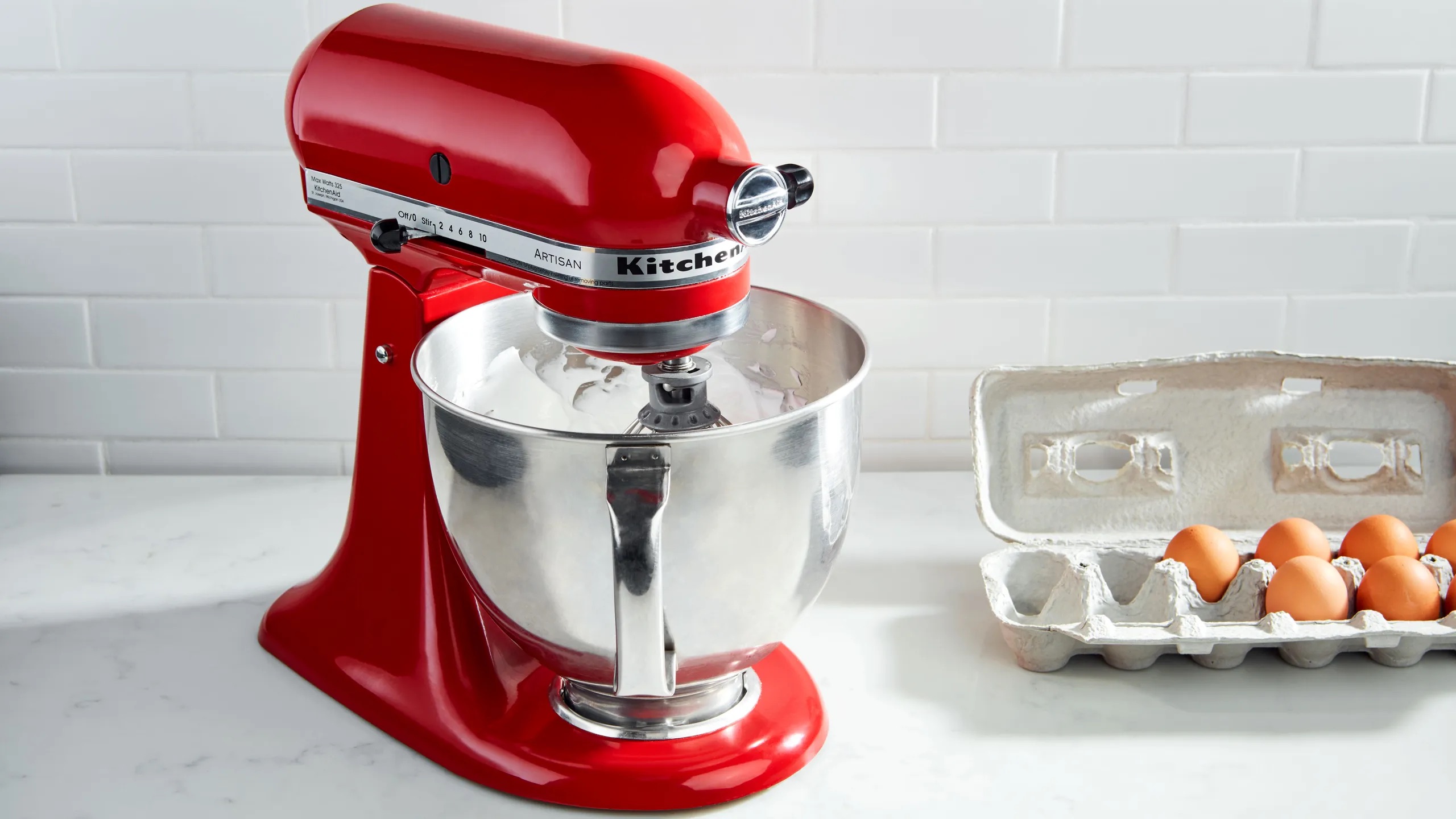
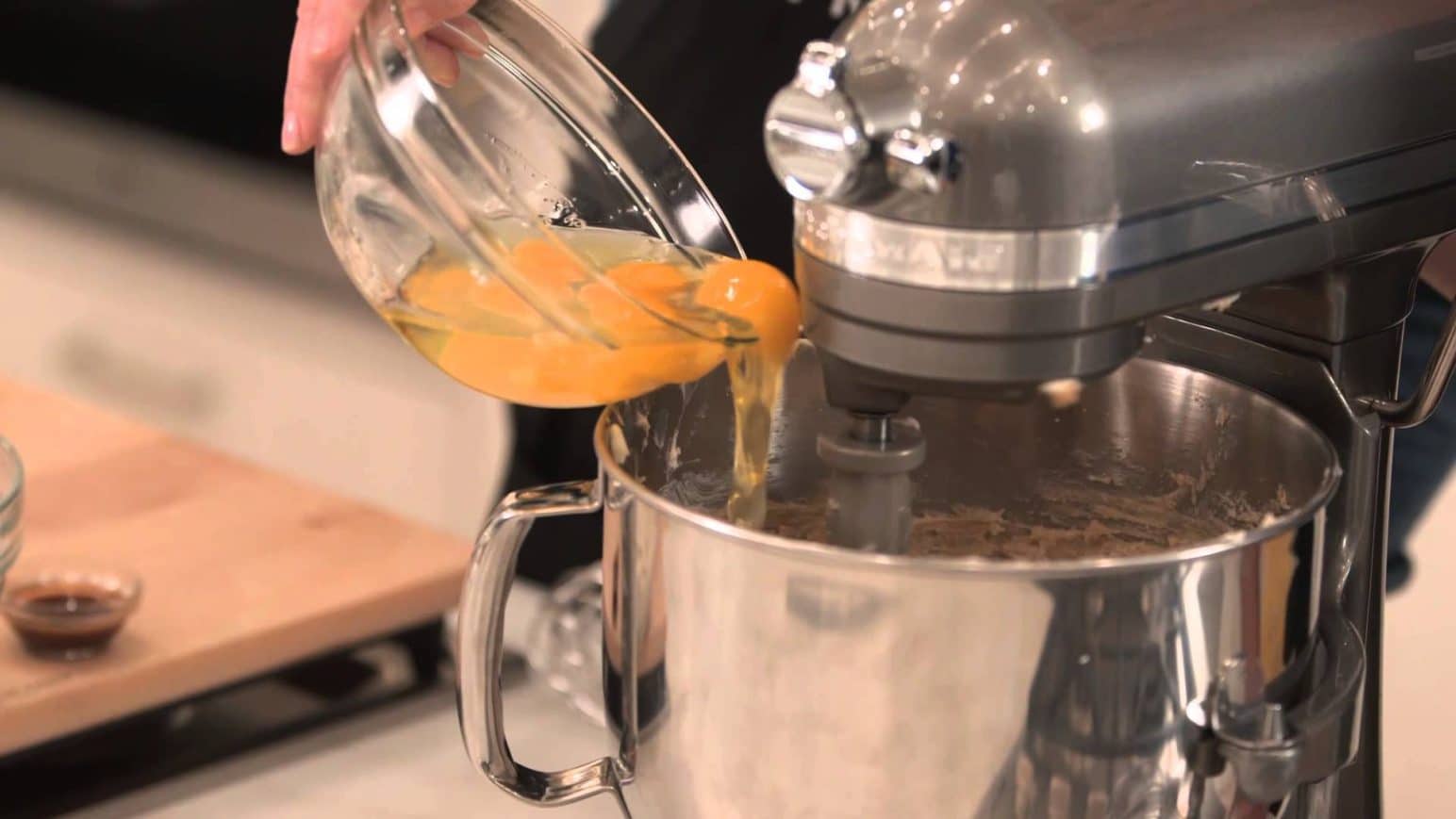
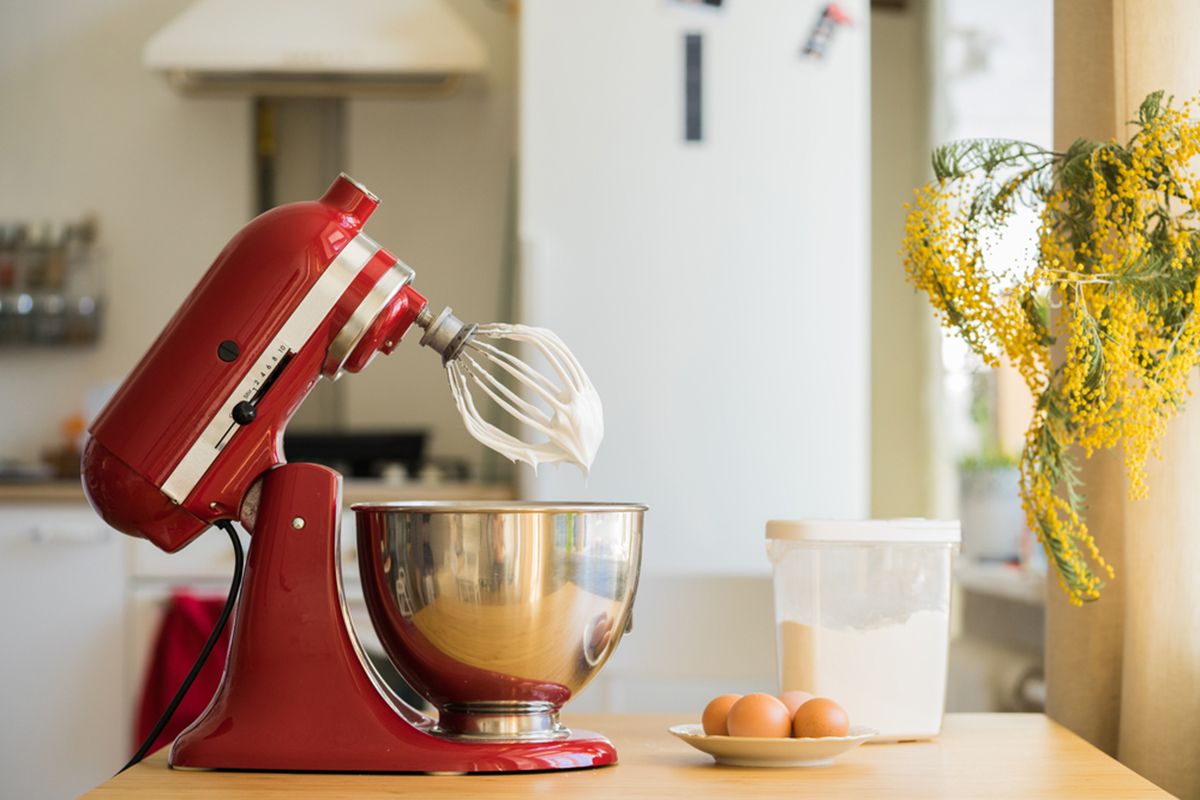
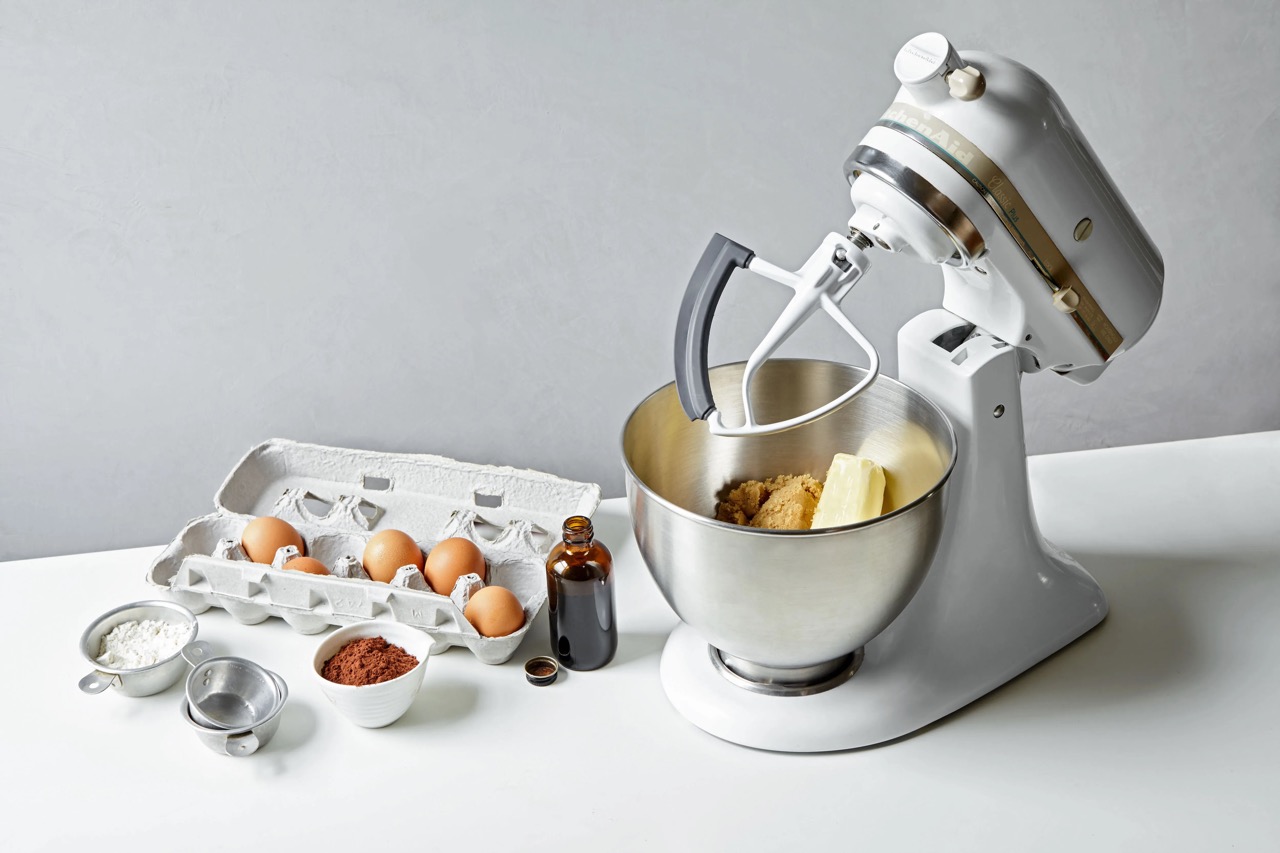
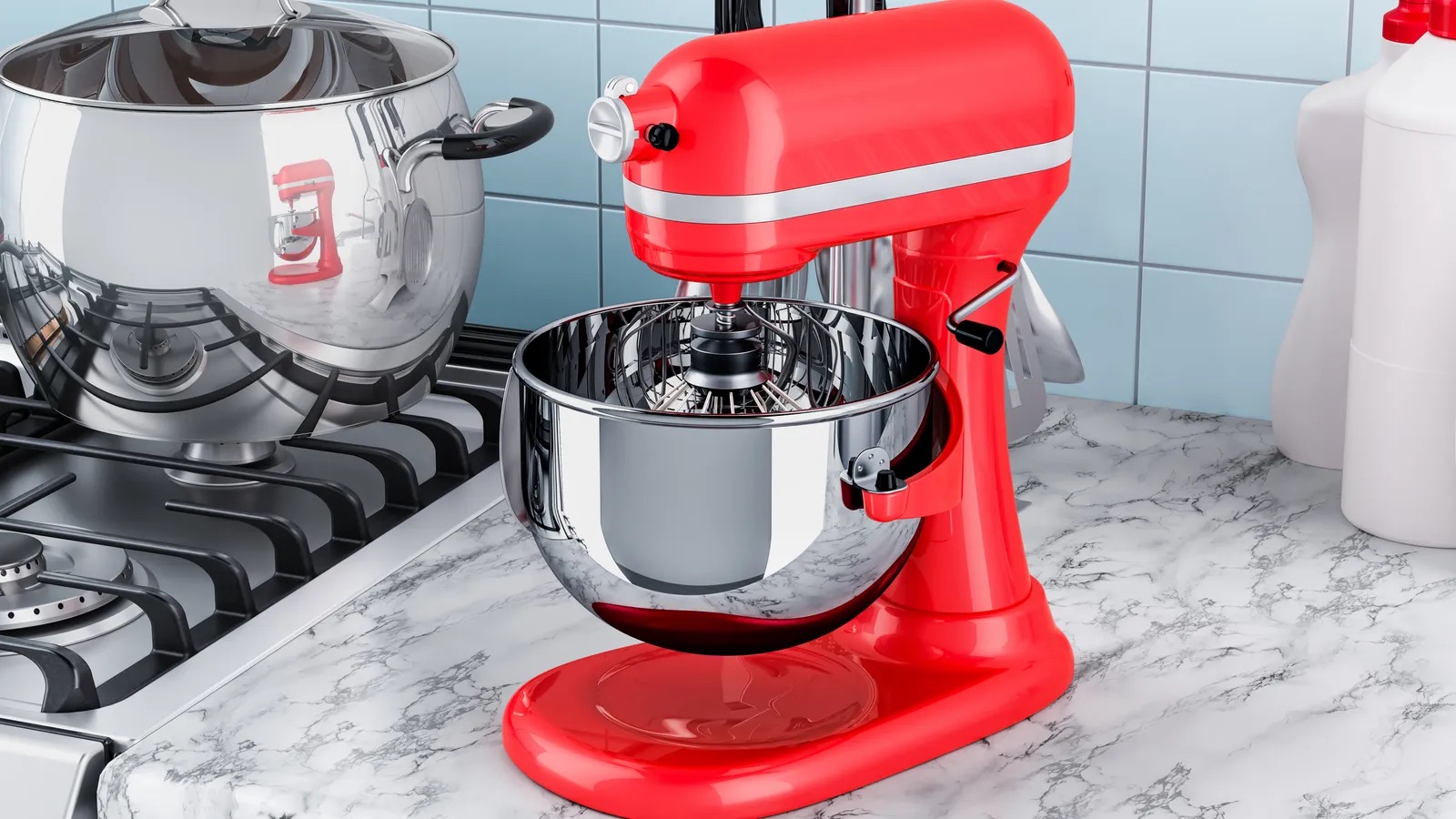

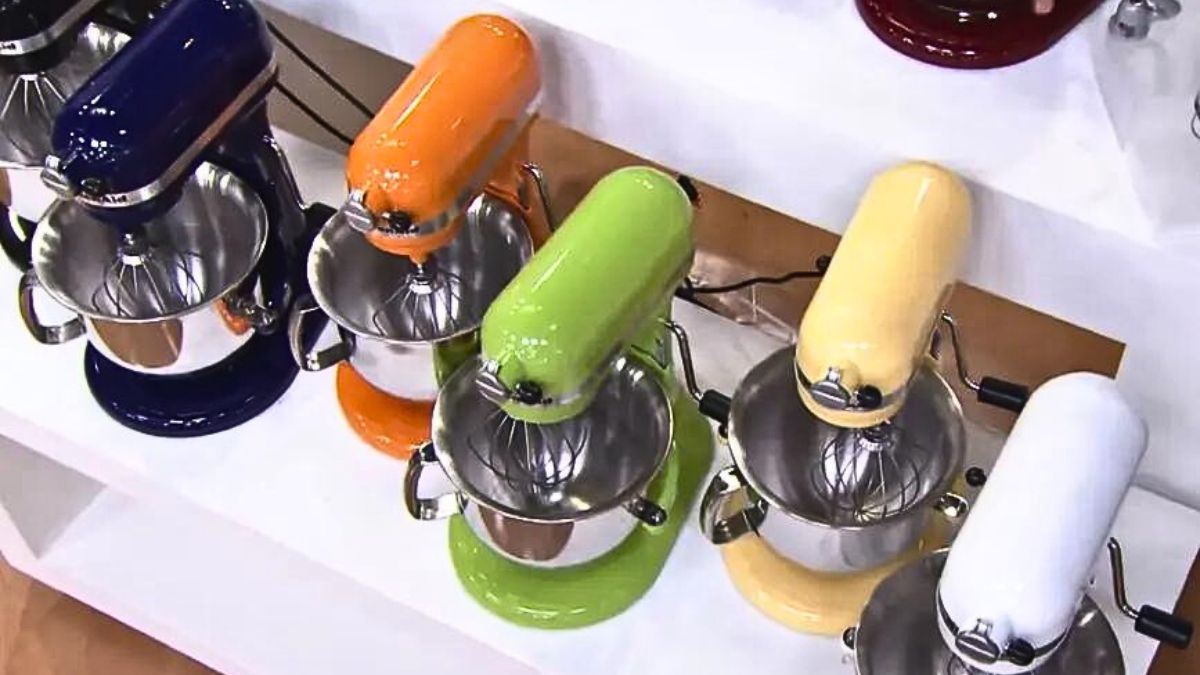
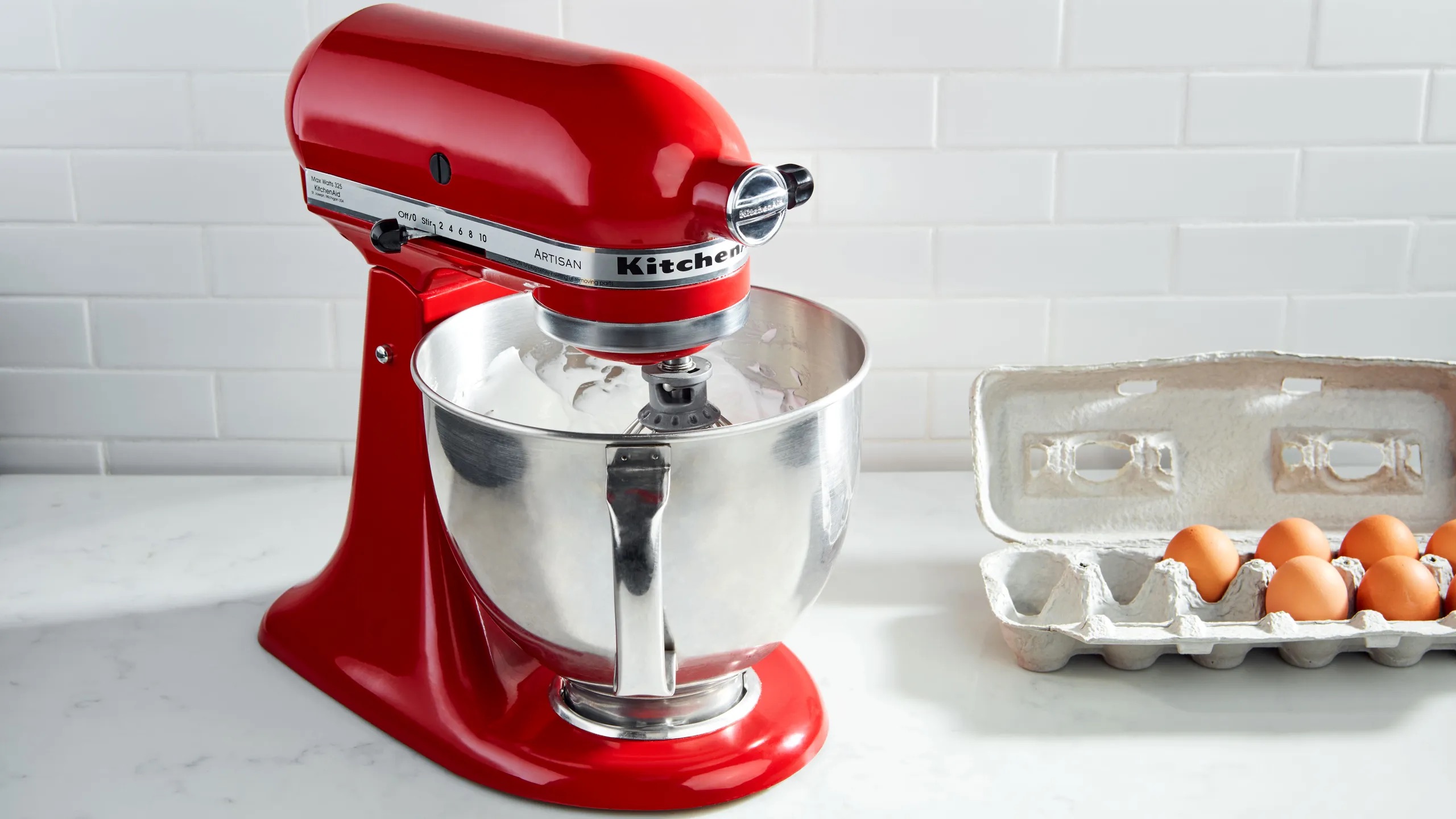

0 thoughts on “What Is The Best Kitchenaid Mixer”